Full text
PDF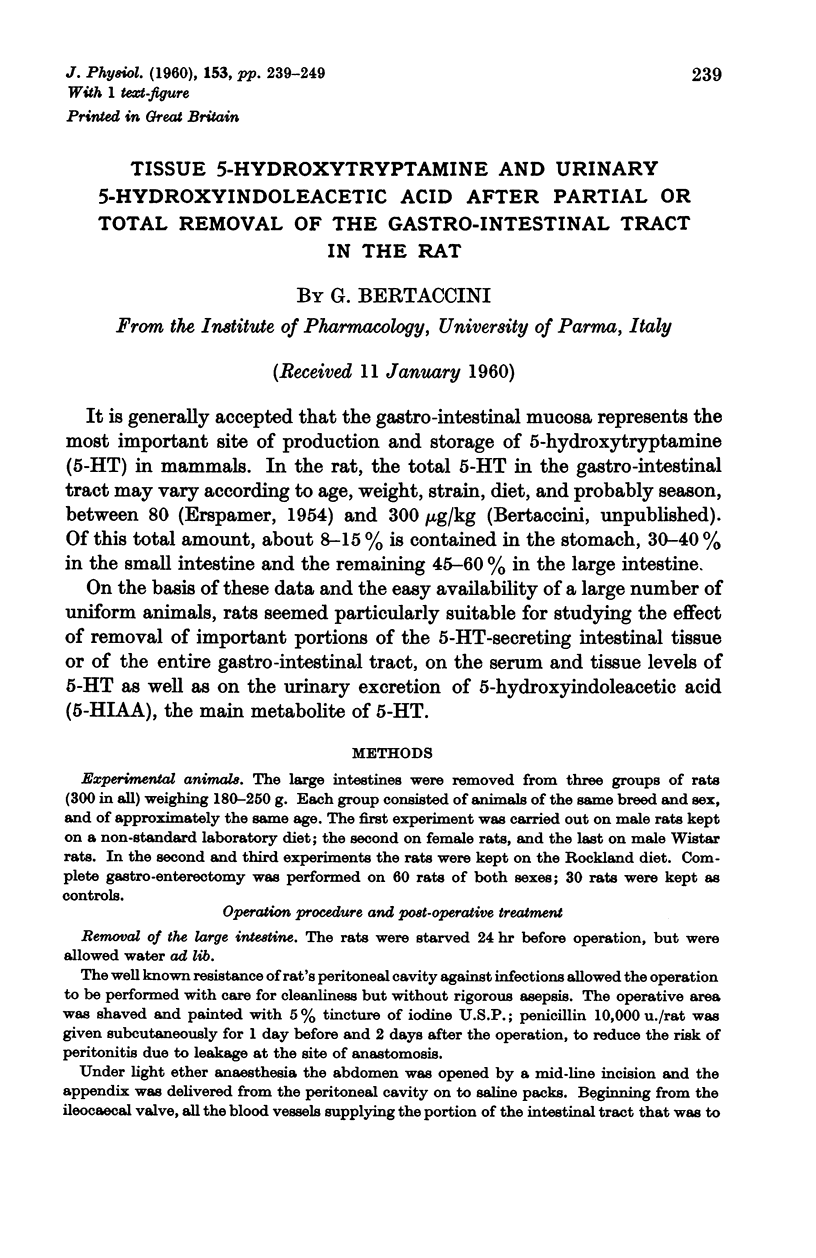
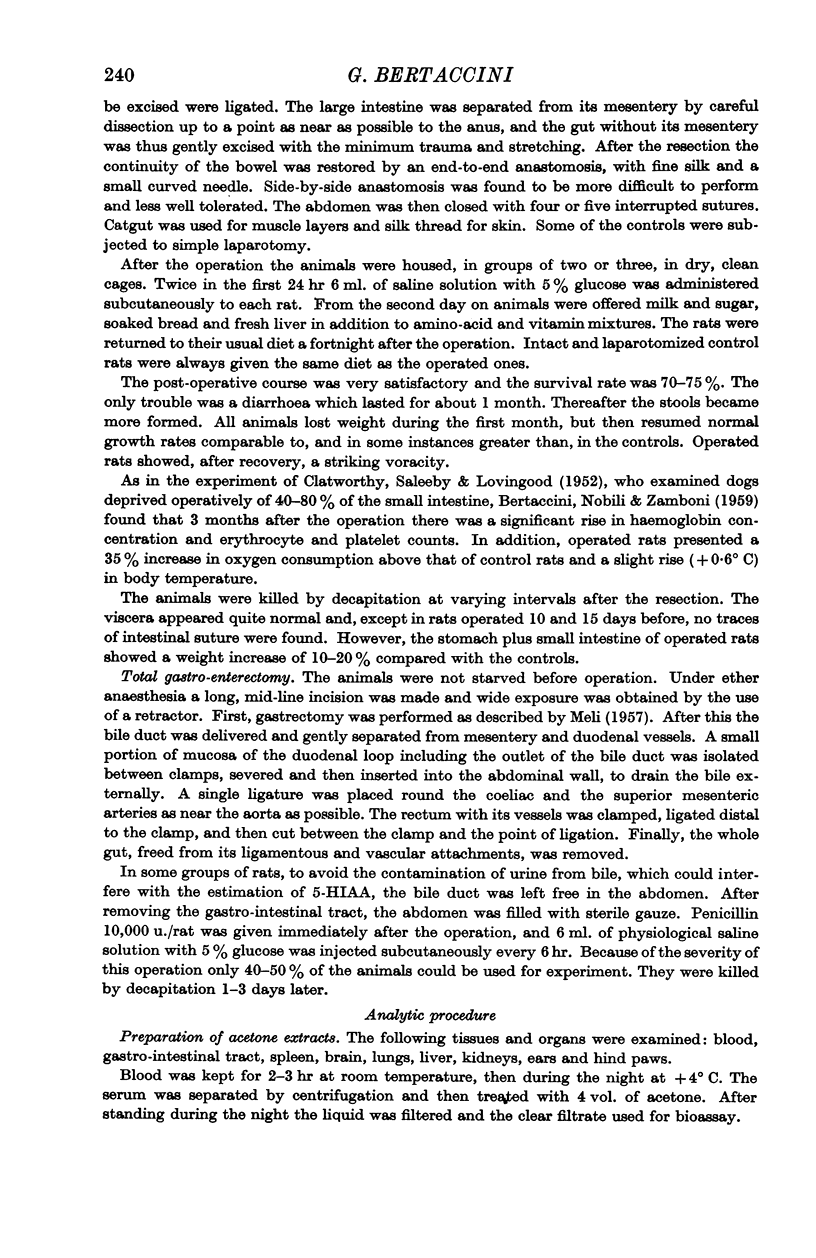
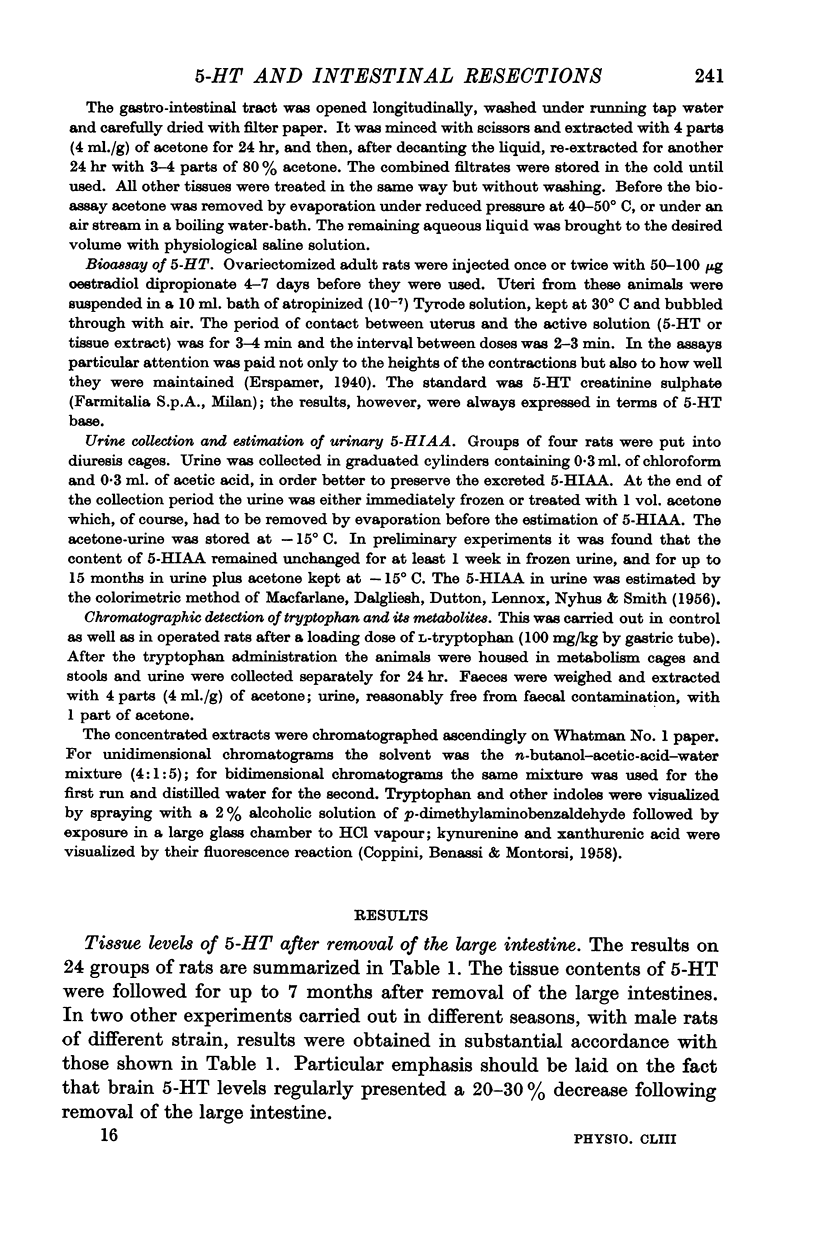
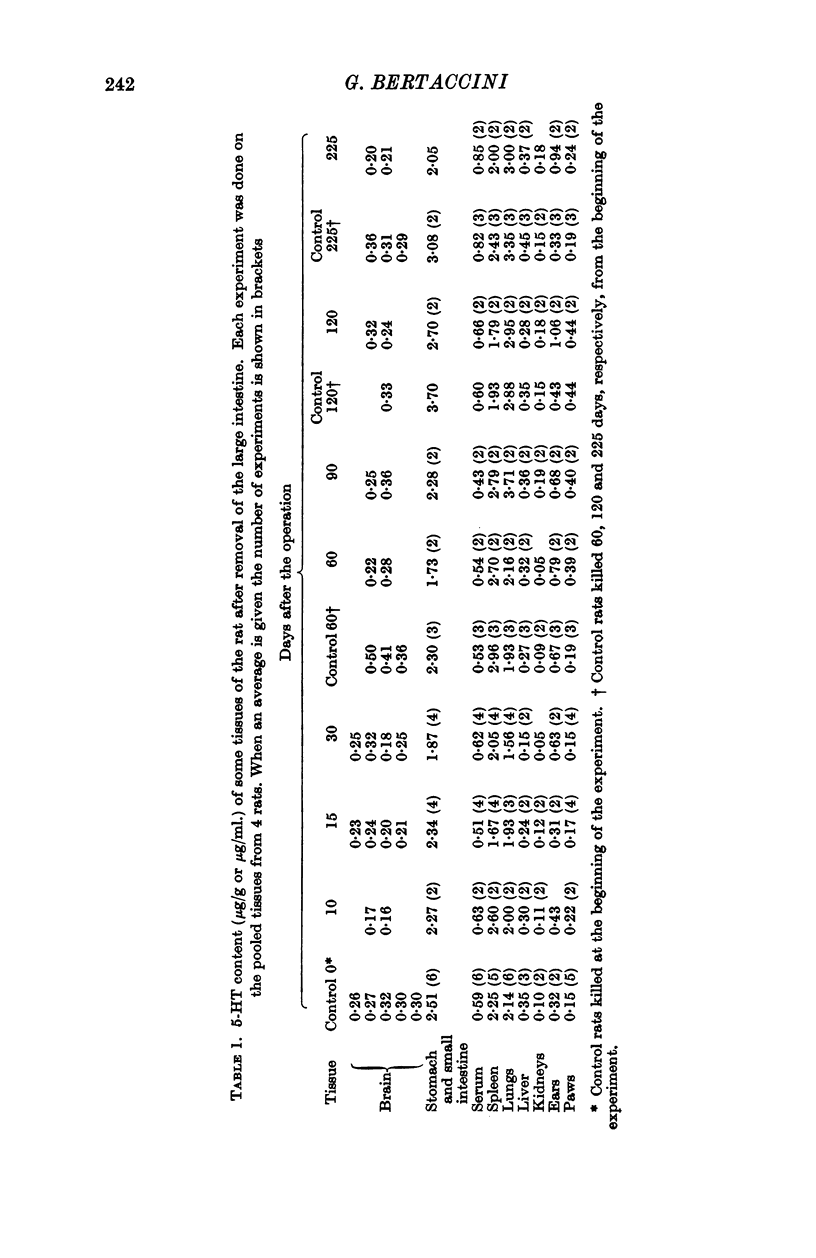
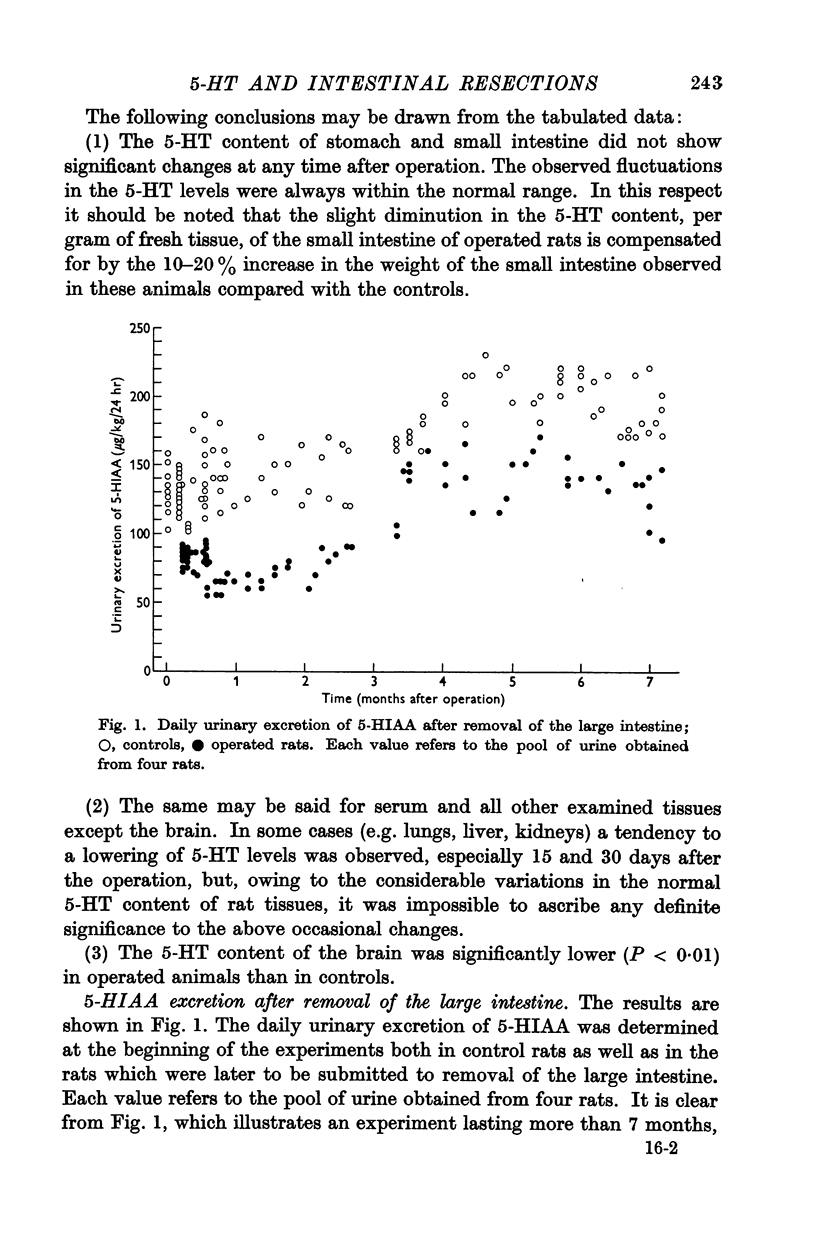
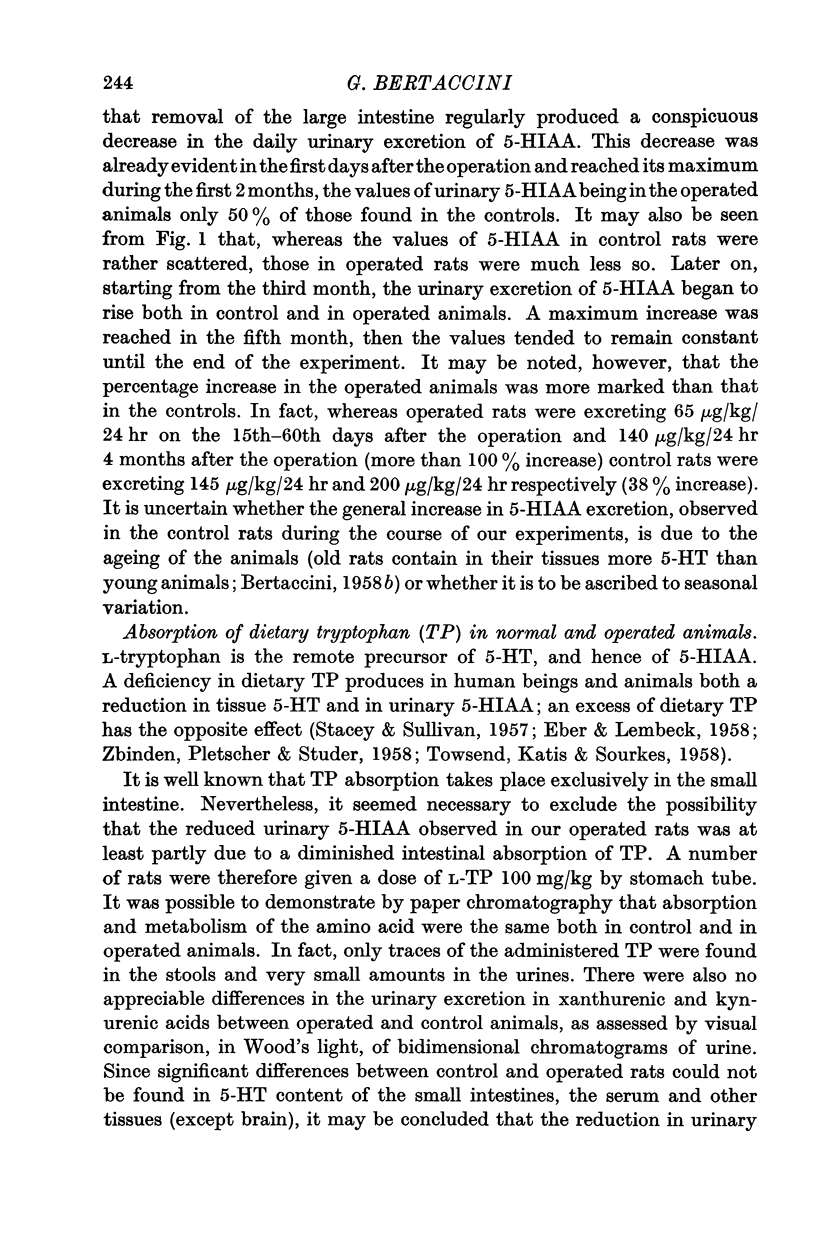
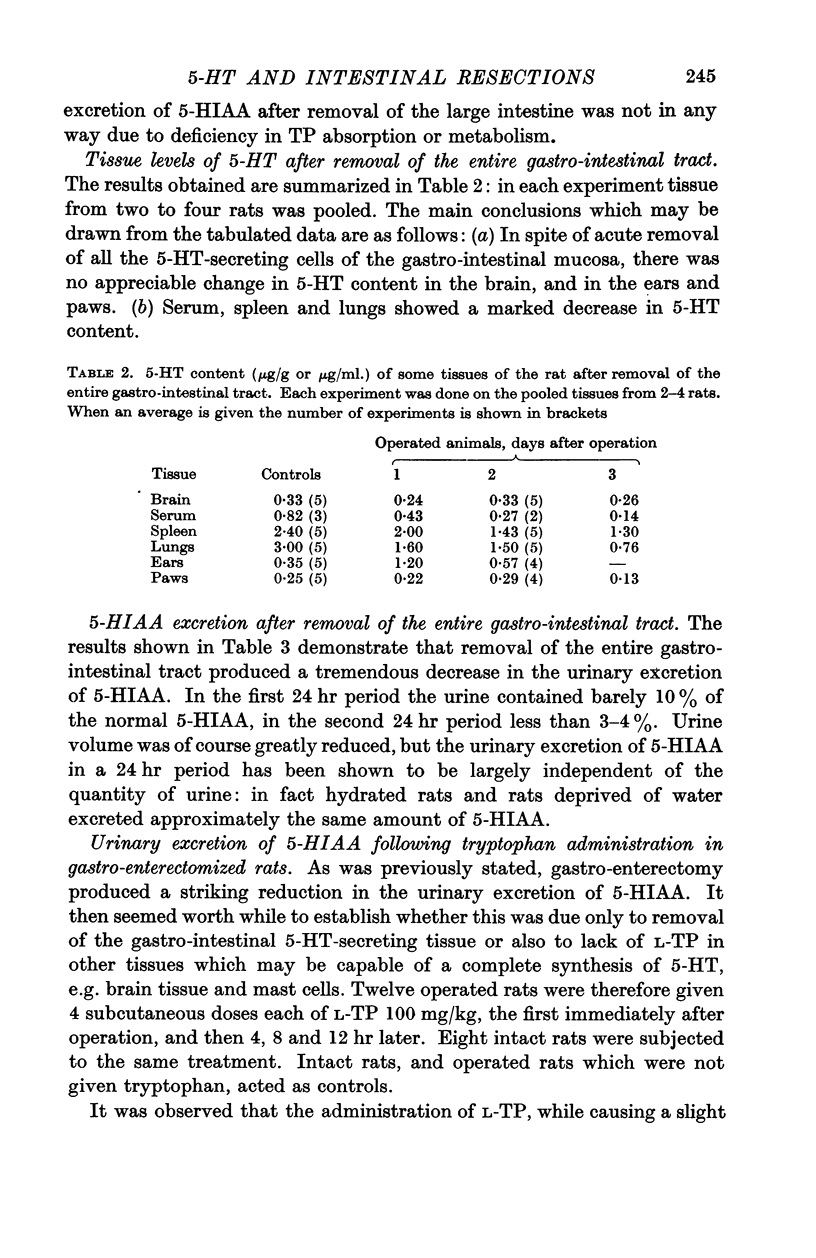
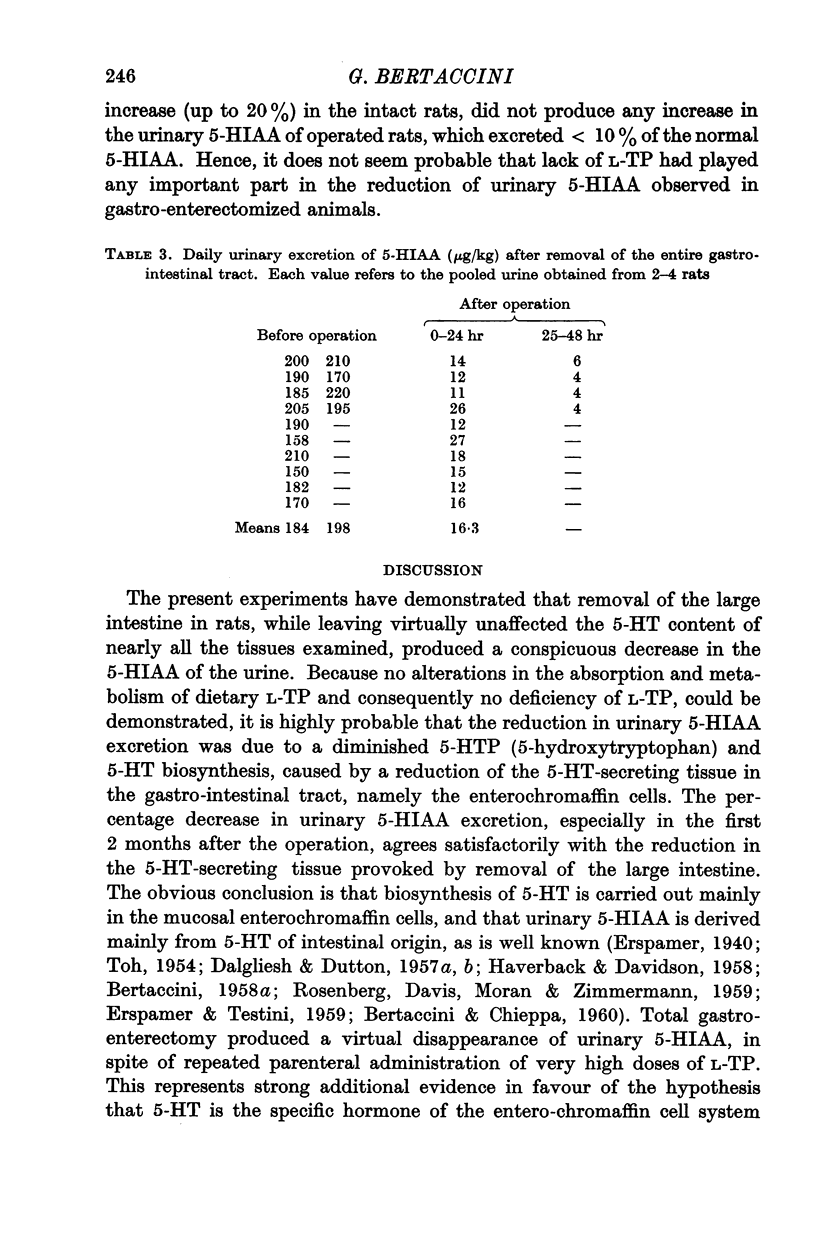
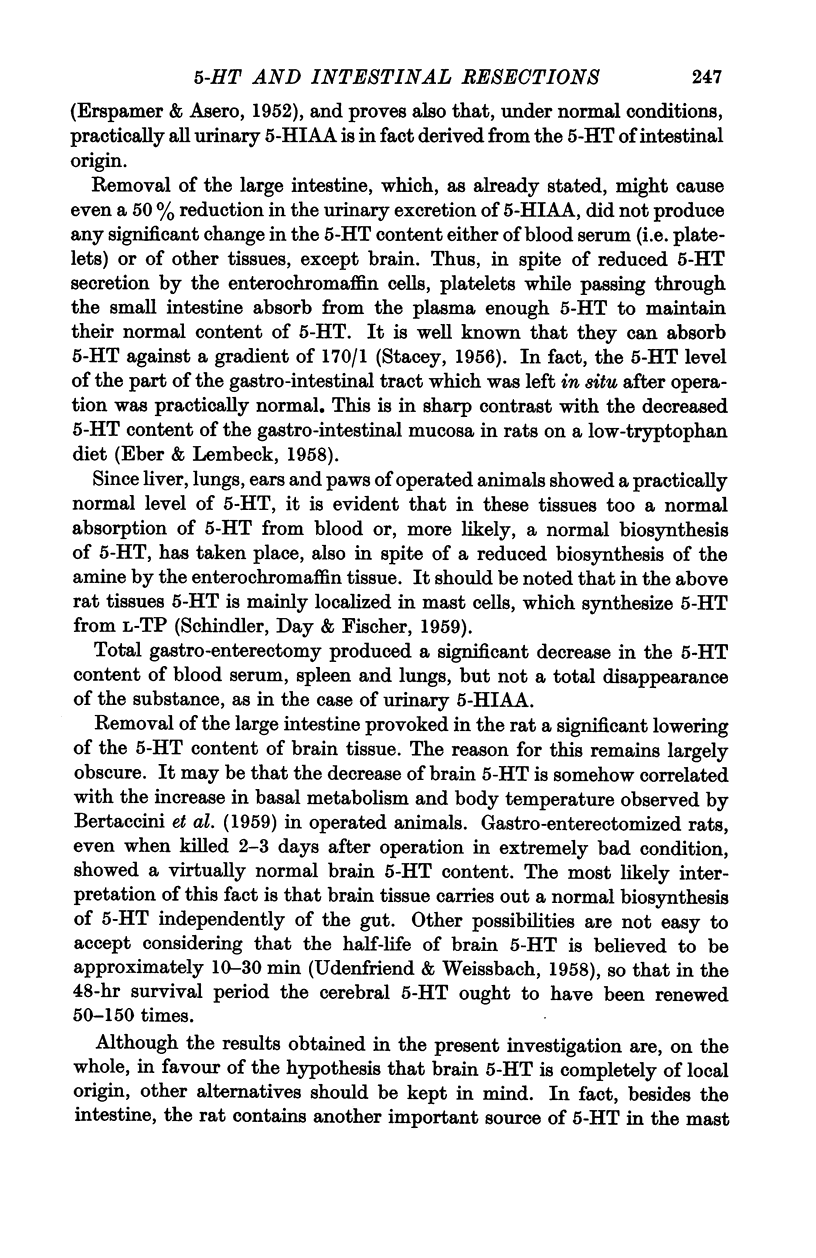
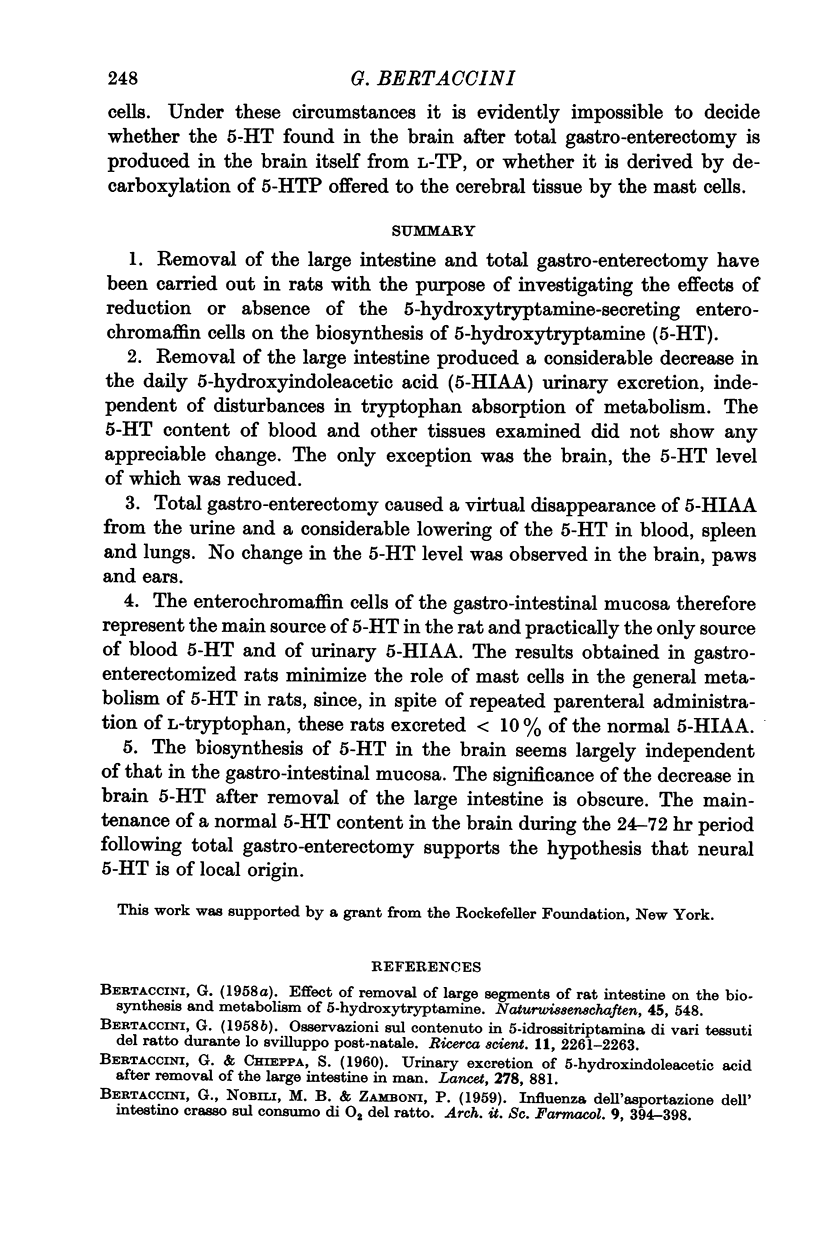
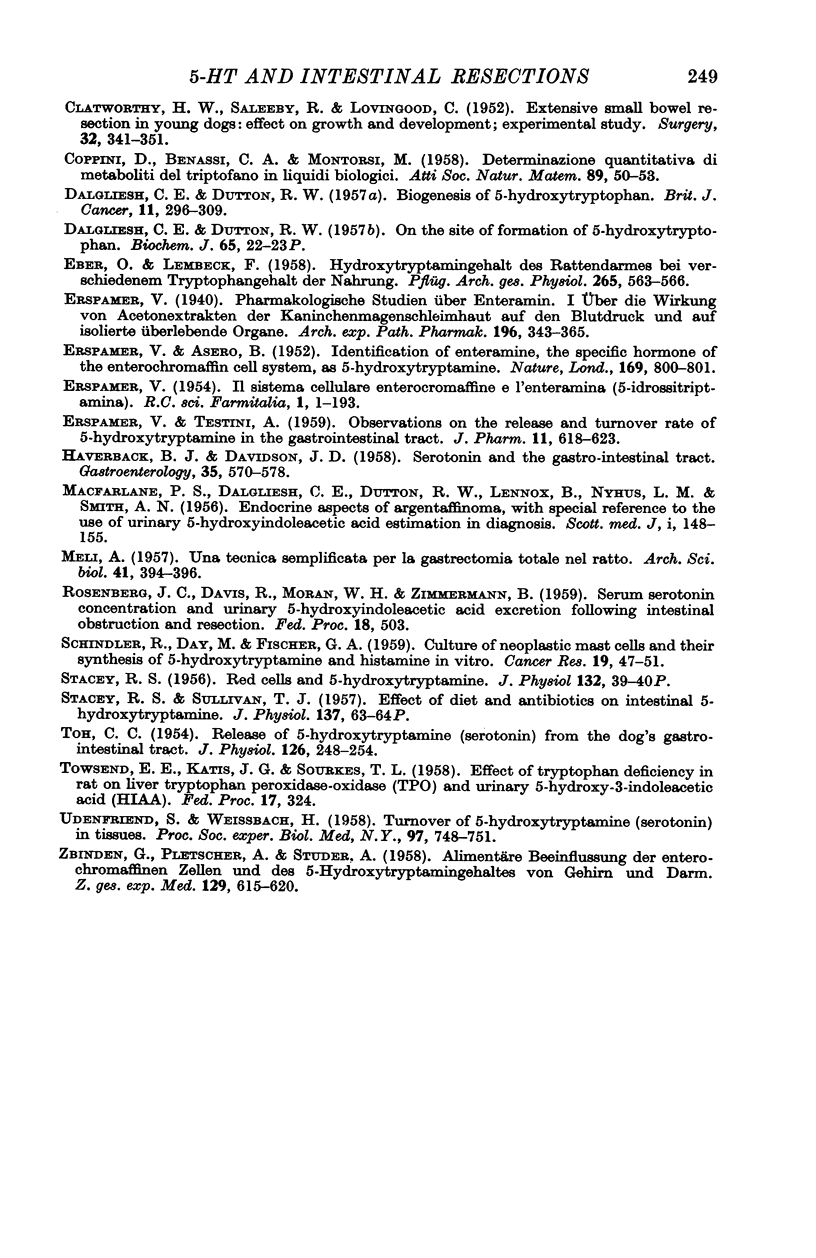
Selected References
These references are in PubMed. This may not be the complete list of references from this article.
- BERTACCINI G., NOBILI M. B., ZAMBONI P. [Influence of the removal of the large intestine on oxygen consumption in the rat]. Arch Ital Sci Farmacol. 1959 Jul;9:394–398. [PubMed] [Google Scholar]
- CLATWORTHY H. W., Jr, SALEEBY R., LOVINGOOD C. Extensive small bowel resection in young dogs; its effect on growth and development; an experimental study. Surgery. 1952 Aug;32(2):341–351. [PubMed] [Google Scholar]
- DALGLIESH C. E., DUTTON R. W. Biogenesis of 5-hydroxytryptophan. Br J Cancer. 1957 Jun;11(2):296–309. doi: 10.1038/bjc.1957.38. [DOI] [PMC free article] [PubMed] [Google Scholar]
- EBER O., LEMBECK F. Hydroxytryptamingehalt des Rattendarmes bei verschiedenem Tryptophangehalt der Nahrung. Pflugers Arch. 1958;265(6):563–566. doi: 10.1007/BF00416581. [DOI] [PubMed] [Google Scholar]
- ERSPAMER V., ASERO B. Identification of enteramine, the specific hormone of the enterochromaffin cell system, as 5-hydroxytryptamine. Nature. 1952 May 10;169(4306):800–801. doi: 10.1038/169800b0. [DOI] [PubMed] [Google Scholar]
- ERSPAMER V., TESTINI A. Observations on the release and turnover rate of 5-hydroxytryptamine in the gastrointestinal tract. J Pharm Pharmacol. 1959 Oct;11:618–623. doi: 10.1111/j.2042-7158.1959.tb12603.x. [DOI] [PubMed] [Google Scholar]
- HAVERBACK B. J., DAVIDSON J. D. Serotonin and the gastrointestinal tract. Gastroenterology. 1958 Dec;35(6):570–578. [PubMed] [Google Scholar]
- MACFARLANE P. S., DALGLIESH C. E., DUTTON R. W., LENNOX B., NYHUS L. M., SMITH A. N. Endocrine aspects of argentaffinoma, with special reference to the use of urinary 5-hydroxyindoleacetic acid estimations in diagnosis. Scott Med J. 1956 Apr;1(4):148–155. doi: 10.1177/003693305600100402. [DOI] [PubMed] [Google Scholar]
- SCHINDLER R., DAY M., FISCHER G. A. Culture of neoplastic mast cells and their synthesis of 5-hydroxytryptamine and histamine in vitro. Cancer Res. 1959 Jan;19(1):47–51. [PubMed] [Google Scholar]
- STACEY R. S. Red cells and 5-hydroxytryptamine. J Physiol. 1956 May 28;132(2):39–40P. [PubMed] [Google Scholar]
- TOH C. C. Release of 5-hydroxytryptamine (serotonin) from the dog's gastrointestinal tract. J Physiol. 1954 Nov 29;126(2):248–254. doi: 10.1113/jphysiol.1954.sp005206. [DOI] [PMC free article] [PubMed] [Google Scholar]
- UDENFRIEND S., WEISSBACH H. Turnover of 5-hydroxytryptamine (serotonin) in tissues. Proc Soc Exp Biol Med. 1958 Apr;97(4):748–751. doi: 10.3181/00379727-97-23868. [DOI] [PubMed] [Google Scholar]
- ZBINDEN G., PLETSCHER A., STUDER A. Alimentäre Beeinflussung der enterochromaffinen Zellen und des 5-Hydroxytryptamin-Gehaltes von Gehirn und Darm. Z Gesamte Exp Med. 1958;129(6):615–620. [PubMed] [Google Scholar]


